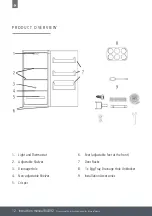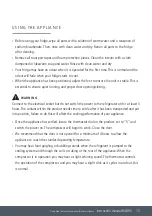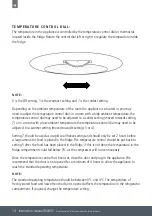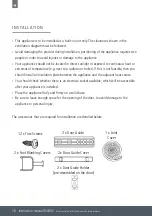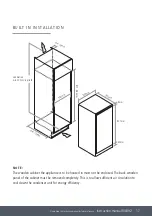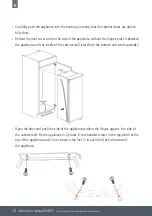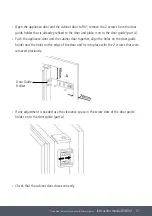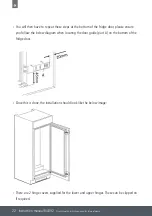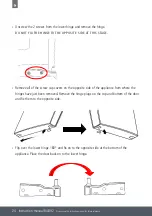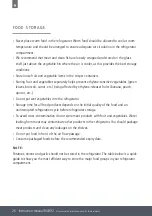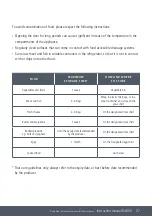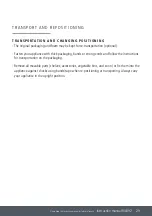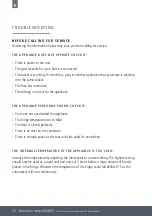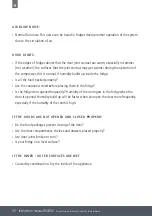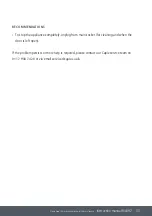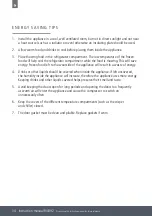
26 Instruction manual RiL892
Please keep this instruction manual for future reference
F O O D S T O R A G E
› Never place warm food in the refrigerator. Warm food should be allowed to cool at room
temperature and should be arranged to ensure adequate air circulation in the refrigerator
compartment.
› We recommend that meat and clean fish are loosely wrapped and stored on the glass
shelf just above the vegetable bin where the air is cooler, as this provides the best storage
conditions.
› Store loose fruit and vegetable items in the crisper containers.
› Storing fruit and vegetables separately helps prevent ethylene-sensitive vegetables (green
leaves, broccoli, carrot, etc.) being affected by ethylene-releaser fruits (banana, peach,
apricot, etc.).
› Do not put wet vegetables into the refrigerator.
› Storage time for all food products depends on the initial quality of the food and an
uninterrupted refrigeration cycle before refrigerator storage.
› To avoid cross-contamination do not store meat products with fruit and vegetables. Water
leaking from meat may contaminate other products in the refrigerator. You should package
meat products and clean any leakages on the shelves.
› Do not put food in front of the air flow passage.
› Consume packaged foods before the recommended expiry date.
N O T E :
Potatoes, onions and garlic should not be stored in the refrigerator. The table below is a quick
guide to show you the most efficient way to store the major food groups in your refrigerator
compartment.

